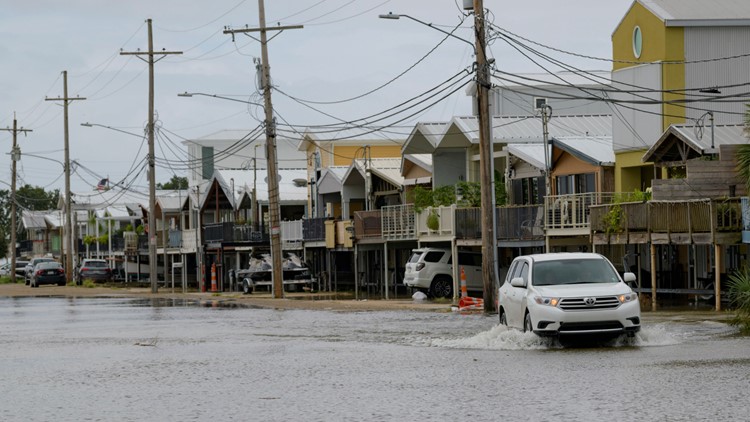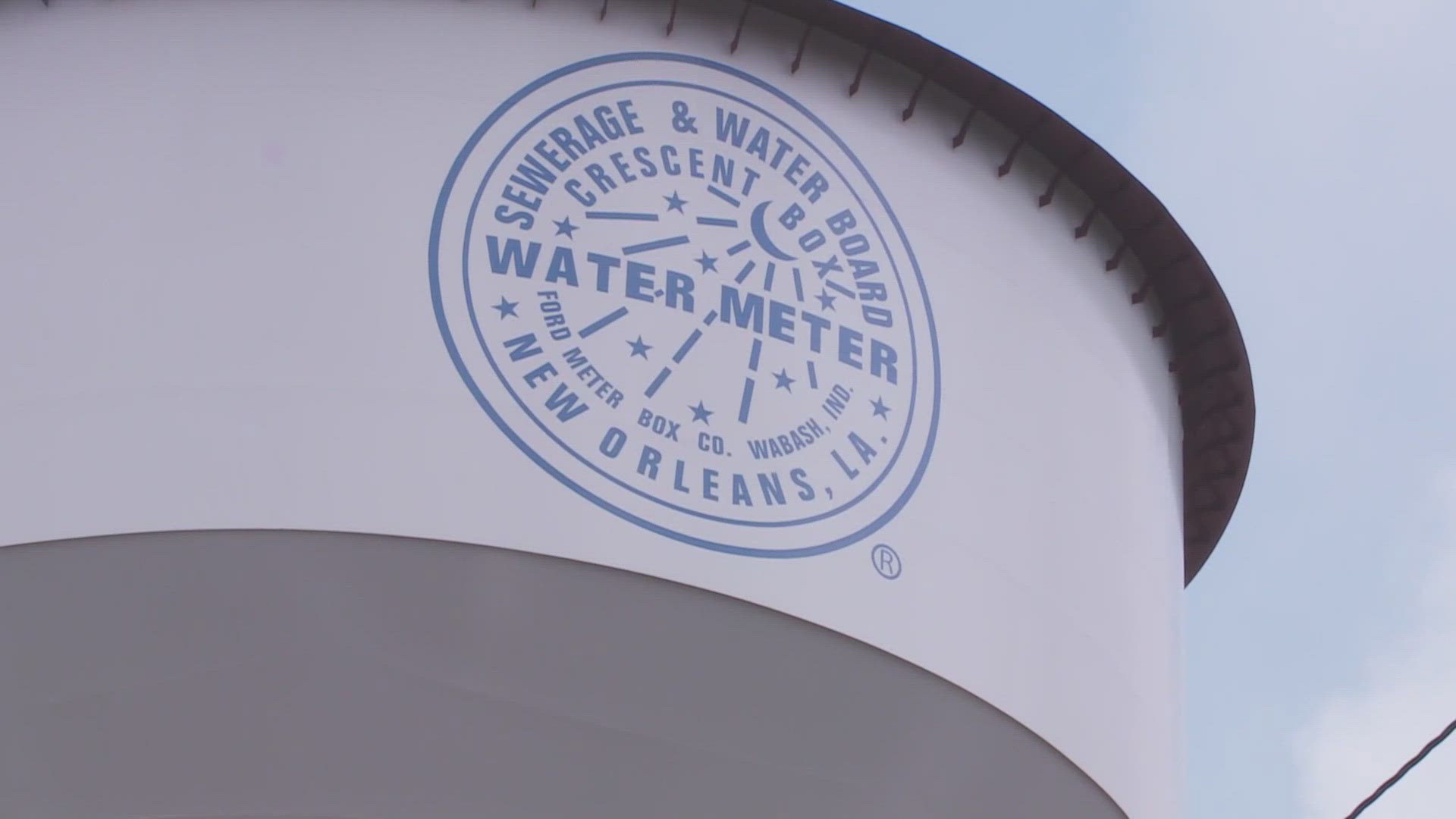NEW ORLEANS (AP) — This year's Gulf of Mexico "dead zone" is the eighth largest on record, but Hurricane Barry reduced its size from an expected near record, the scientist who has measured it since 1985 said Thursday.
Every summer, a large underwater area with too little oxygen to sustain marine life forms off Louisiana as nitrogen and other nutrients from the Mississippi River Basinfeed blooms of algae that die and decompose on the sea floor. That decomposition uses up oxygen from the bottom up.
A research cruise that ended early Wednesday measured it at 6,950 square miles, lead researcher Nancy Rabalais said during a media teleconference Thursday.
"It's not as large as we expected," but still stretched from the Mississippi River to west of Galveston, Texas, she said. Rabalais described the affected area as surprisingly large, given that Hurricane Barry 's waves had mixed oxygen back into the water.
"I would predict that in one week from now the area will be larger than it is right now, but we can only spend so much time on the water," she said.
And, she noted, it's "still 2.8 times greater" than the goal of a federal-state task force created 19 years ago to try to reduce the area's size. Two task force members — Steve Thur, director of the National Oceanic and Atmospheric Administration's National Centers for Coastal Ocean Science, and U.S. Department of Agriculture Undersecretary Bill Northey — also were on the conference call.
Thur said this year's experience highlights the need for other ways to measure the low-oxygen condition called hypoxia. A test of underwater robots a few years ago didn't work out, he said, but he was hoping for another test in the next fiscal year.
Scientists had predicted a near-record 7,800 square miles because record floods had carried so much nitrogen and phosphorus from the nation's heartland down the Mississippi, which drains 41 percent of the continental United States.
Hurricane Barry formed as a tropical storm in the Gulf on July 11 and made landfall two days later — 10 days before the measurement cruise began.
Rabalais noted that although her survey is generally from the Mississippi River west into Texas waters, a survey of groundfish — fish that, like cod or flounder, are found on or near the ocean floor — in June had found hypoxia east of the river.
The week before her cruise, she said, another researcher was collecting some oxygen data, though his research wasn't focused on hypoxia. "He did not find low oxygen in areas where I normally find it, meaning he was more affected by Hurricane Barry than we were. And in that short time, it redeveloped" between their cruises, so that the area was hypoxic when Rabalais checked, she said.
Rabalais also noted that floods had a clear effect across the entire area she checked: "Freshwater was evident across the Gulf."
Its effects are also visible across Mississippi's coast, where every beach closed because of toxins from bacteria also fed by nutrients from the river water. The governors of Louisiana and Mississippi have asked the Commerce Department to declare a fisheries disaster because of the effects of freshwater on oysters, crabs and finfish.
One reason the water is traveling so far east is that the Army Corps of Engineers had to open a spillway west of New Orleans twice this year, for 44 days ending April 11 and 79 days ending July 29, to protect New Orleans' levees from the high river's rush.
Asked what it would take for the federal government to step in, Thur said NOAA's role is research.
Northey said there's been more progress in the past decade or so than in previous years, both in understanding how hypoxia develops and getting states involved.
"It's slow, it's expensive, it's going to take a long time, but I feel the momentum is in the right direction — though I certainly don't see an endpoint where things are going to have a massive improvement, either," he said.



